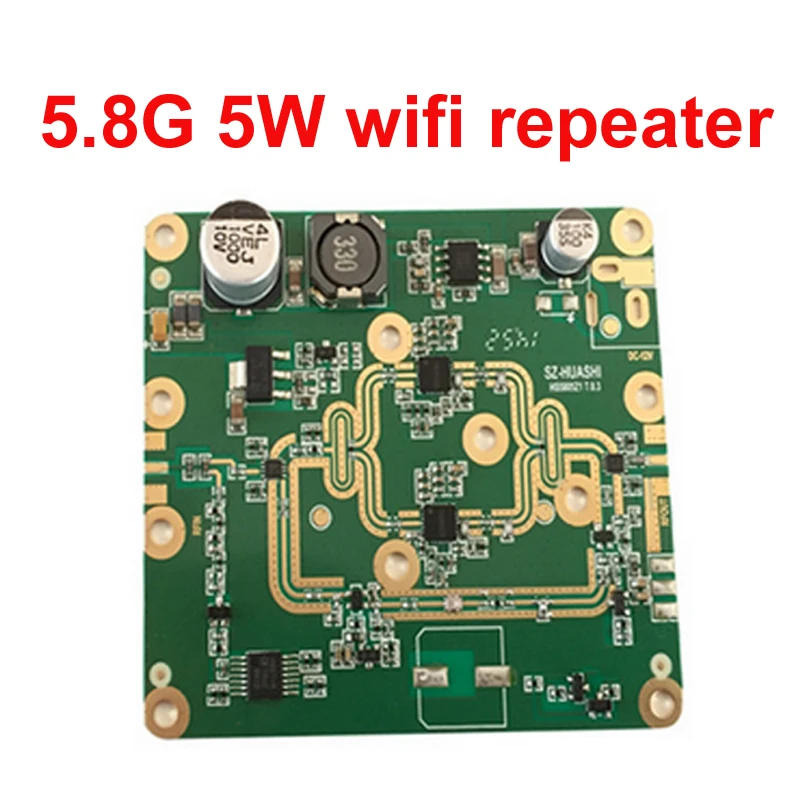
In some cases it’s best to use 5 GHz backhaul links to connect 2.4 GHz WiFi networks since 5 GHz is a less crowded frequency.

Most of the current popular standards operate at this level creating a fairly congested environment. If faster speeds are most important to you, 5GHz is usually a better choice than 2.4 GHz.If the wireless range is more important to you, 2.4 GHz is usually a better choice than 5 GHz.īut 2.4GHz is a fairly crowded frequency. The 2.4GHz offers coverage for farther distances, but at slower speeds. The 5GHz provides faster data rates at a shorter distance. 900 MHz is often used in Non-Line-Of-Sight (NLOS) applications. The 900 MHz frequency is excellent at passing through trees and walls. *Maximum allowed RF power is lower than other bands, further reducing propagation and range *Cannot penetrate solid objects like walls and floors as well as lower frequency signals *Transmit data at faster speeds:The higher the frequency, the higher is the speed , 5GHz allow data to be transmitted faster than 2.4GHz and 900MHz Select Prefer 5.2 GHz band option on the right from the Value drop-down. Battery life up to 4 hours (depending on operating situation) Charging time < 2 hours. Suitable for most instruments with 6.35 mm jack plug. Step 2:Press Advanced tab of the Wireless Adapter Properties.Select Preferred Band option. Integrated rechargeable 450 mAh lithium battery.
#5.8 ghz wifi amplifiers windows 10
Try to enable 5GHz wifi to solve the 5GHz wifi not showing up in Windows 10 problem. Many times it is deployed as a back-up band for systems primarily operating at 2.4GHz. Method 4 Setting Bandwidth To 5GHz Thru Device Manager. The 5 GHz frequency is often used in commercial WiFi applications. * Maximum allowed RF power is lower than 900MHz band. *2.4 GHz is more cluttered with signals than 5GHz *Lowest worldwide harmonized band ,providing best RF performance 1 A p r i l 2 0 1 2 Typical Performance Over 5.5-8.5 GHz (T C 25C) Parameter 5.5 GHz 6.5 GHz 7.5 GHz 8. Compared with 900 MHz, 2.4GHz carries larger data packets and increase transfer rates. This MMIC contains a two-stage reactively matched amplifier design approach enabling very wide bandwidths to be achieved. 2.4GHz is the primary band one uses for WiFi, cordless phone, bluetooth, keyboard, printer and mouse applications. * Large Dimension: 900MHz has a much longer wave length that limiting how small the antenna can beĪlmost all commercial Wireless DMX systems operate in the 2.4GHz band, so it is the most widely used frequency worldwide in some case may be crowded.

*Signal Interference: Compared with 2.4GHz and 5GHz, 900MHz is susceptible to both broadcast as well as tall physical objects on a long range. *Data Rate availability:The higher the band the greater is the transfer speed.The 900 MHz band is very narrow and this limits the maximum data rates. *Greater physical barrier penetration:900 MHz operates on a lower frequency range that allows it easily pass through dense materials such as water, animals, people and tree line between sites etc. *Large range: 900 MHz wireless connection typically has a larger range than a 2.4GHz Wi-Fi connection. *Reliable connectivity and signal strength. Power supply requires DC voltage 12 V /0.12 A.ĭimensions : 2.8 " X 1.5 " X 0.WiFi Antennas operates at different frequencies to suit different applications.ĩ00 MHz frequency is mostly used for outdoors fixed wireless application, such as SCADA and RFID use the 900MHz.

This amplifier needs only 5-10 mW RF power for 0.1W output power.

This small wideband linear amplifier module broadband is from 40 MHz-3300 MHz. WIDEBAND LINEAR AMPLIFIER 0.1 W FOR 20 mHz-3.3 GHz


 0 kommentar(er)
0 kommentar(er)
